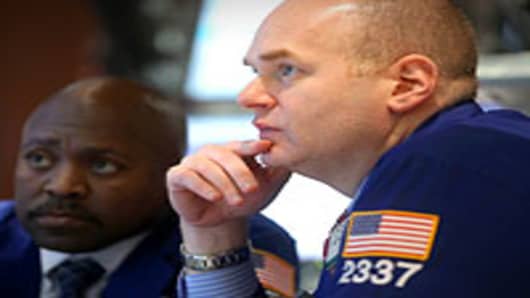There are more exchange traded funds than ever, and they’re being sliced increasingly thin.
Last year, 217 exchange traded funds were launched—a record amount. And this year is equally hot so far, with 36 new ETFs coming on board in January and February, according to Morningstar.
March's tally isn't in yet, but another 700 to 800 new ETF issues are in the pipeline, says Michael Johnston, a senior analyst at ETF Database. “Not all will see the light of day,” he adds.
Many of these newly minted ETFs stake out razor thin sectors in booming niches like emerging markets, precious metals, yield and non-U.S. dollar-denominated debt, thanks to a crowded market. Such offerings can mean low trading volume—or even death—as they compete for investors.
Other ETFs are cashing in on red hot trends, say experts.
Take the FirstTrust Smartphone Index , which debuted in mid-February. Much awaited, the 74-stock fund was initially priced at $30, but slipped below $27 a month later. On top of that, its expensive ratio was double the average ETF’s, according to Black Rock.
Some micro-focused funds don't always fare well. The Claymore/Robb Report Global Luxury Index ETF, which launched in 2008, was shuttered in 2010 — along with 48 other casualties. And this March, 105 ETFs were on the ETF Database death watch, including 24 from the leading ETF provider iShares. The average ETF fund on the list had only $8.9 million in assets.
“It’s a bit of a bubble,” says CJ Brott, head of investment advisory firm Capital Ideas in Dallas. “When a sector gets hot, like telecom, everyone wants to get into it.”
Still, a lot of new ETFs have done well out of the gate, adds Johnston, who says the industry is still shy of maturity.
The trend is part of the broader proliferation of the financial instrument, the number of which more than doubled to 1,100 in the past four years.
Direxion Shares just launched three so-called Bear index funds, geared to what it calls "sophisticated investors", looking for inverse plays on interest rates to hedge fixed-income positions.
Nevertheless, with so many new issues, extra scrutiny is required.
Many new ETFs are single-stock replacements, says John Gabriel, ETF strategist at Morningstar.
“View newer products with a skeptical eye,” he says. “How does this ETF interact with your portfolio?”
What's more, micro-focused ETFs can translate into liquidity problems later.
“With so many ETFs, there isn’t enough capital to go around,” adds Brott. That’s why he prefers seasoned ETFs that are at least a year or two old. A lot of new ETFs stay open for a year, he adds, and don’t raise enough money.
The key to success is understanding the index, on which most ETFs are pinned.
“Some ETFs border on being actively managed funds,” Brott says. And more ETFs are using leverage too.
Still, some new ETFs are worthy investments, adds Brott and other experts. The main advantage: Investors can tap into previously unreachable niches.
Some of them play emerging markets, which Johnston thinks are great buys now, having been pummeled by twin crises in the Middle Eastand Japan.
iShares MSCI Emerging Index Fund and Vanguard Emerging Markets ETF are good examples, he says.
Johnston also likes Global X Oil Equities ETF, which invests in 25 countries and is “highly correlated to the price of oil", and WisdomTree Asia Local Debt Fund , which gives investors access to higher yields in Asia (except for Japan) and limits dollar exposure.
Intense competition for ETF investors is pushing fees lower, too. There are even a number of commission-free ETFs. The more exotic ones usually have higher expense ratios, though.
Ultimately, ETFs investments are increasingly built for traders—not buy and hold investors—profiting on small-margin, large-volume orders. Trades can account for 30 percent of the volume on the New York Stock Exchange, one reason why some analysts say ETFs played a role in the Flash Crash of May 2010. In particular, highly-focused or leveraged ETFs can fall fast and hard.
“Look beyond the name of the fund,” he adds. “An ETF can be hot for a couple of years and then fall by the wayside.”



